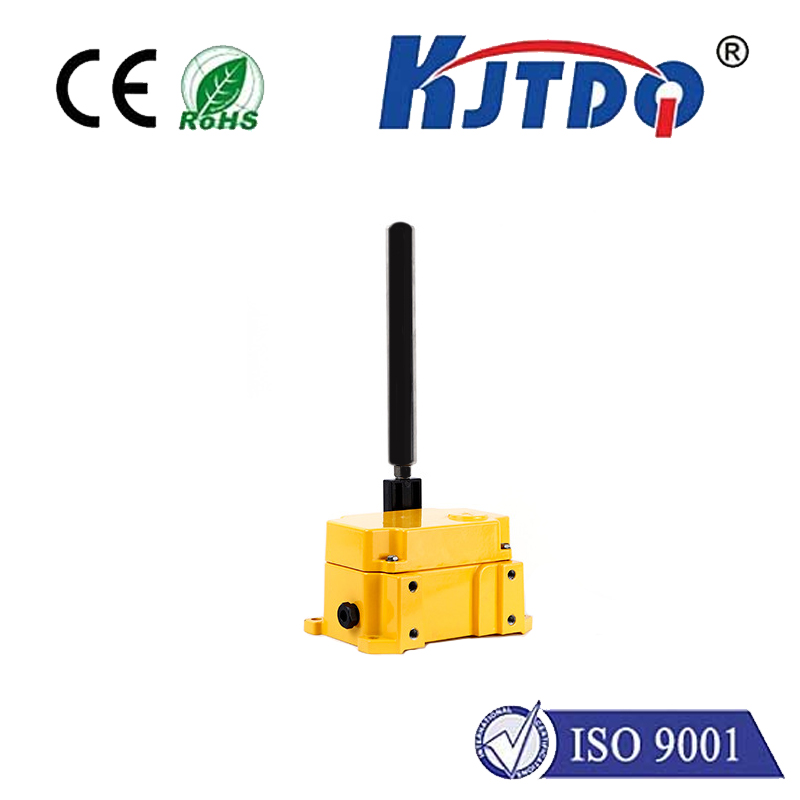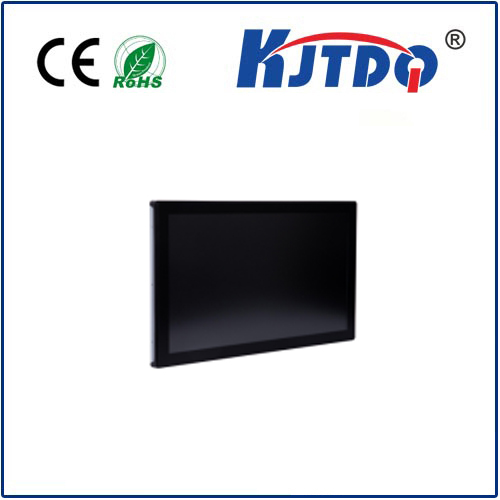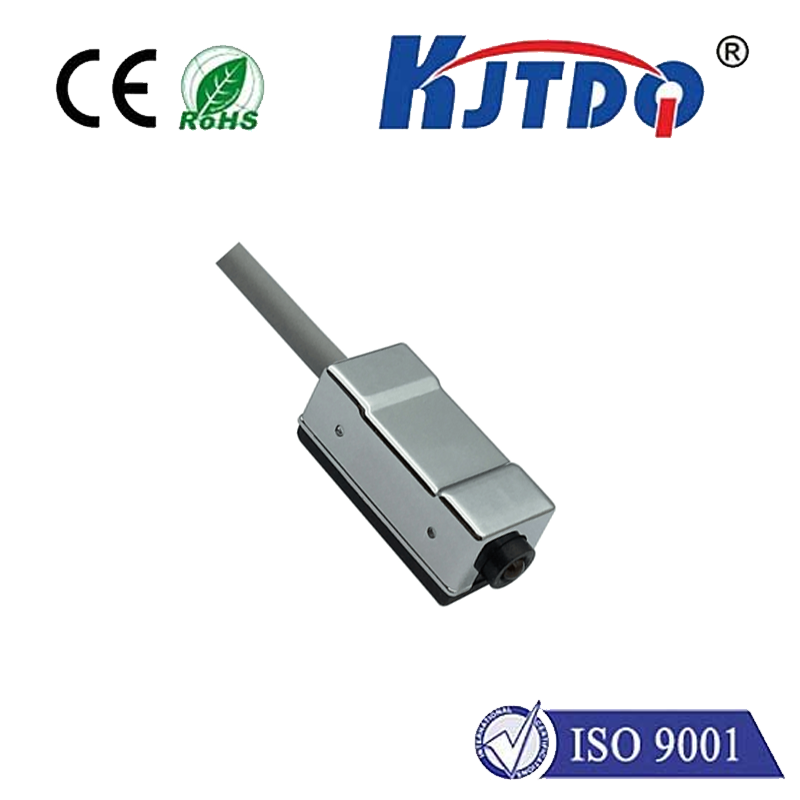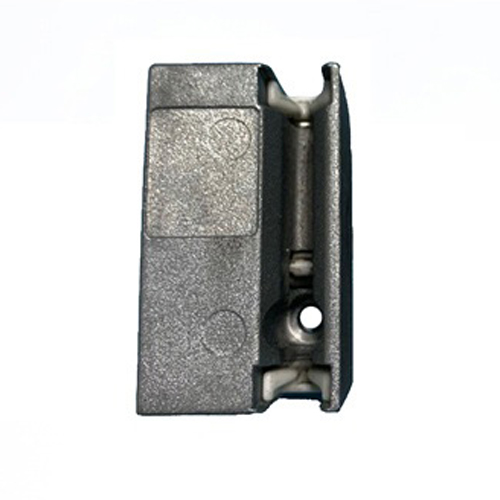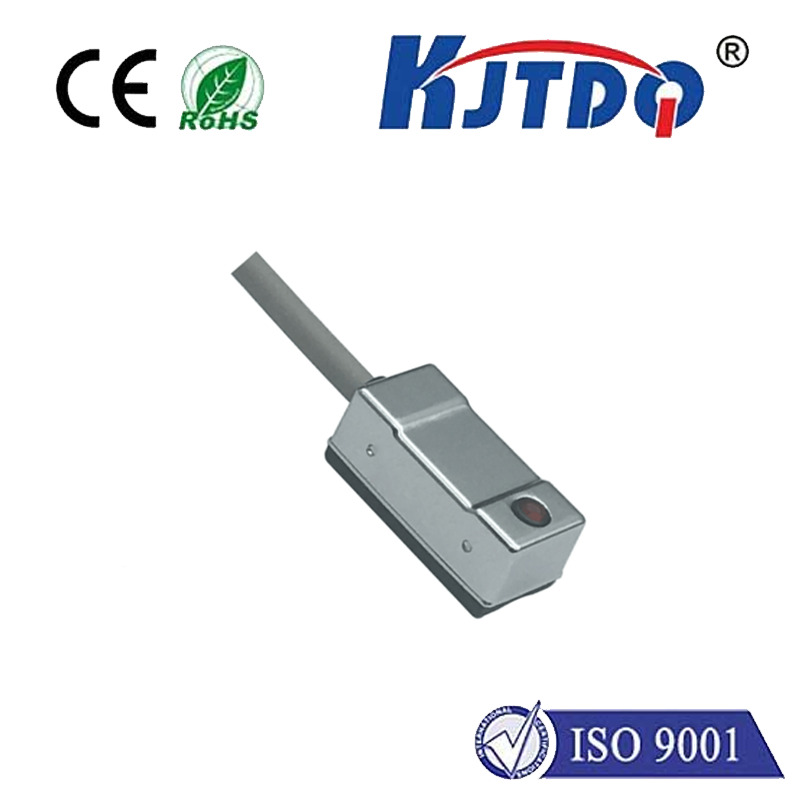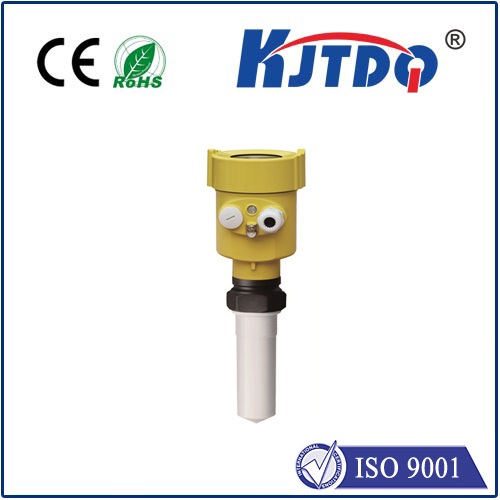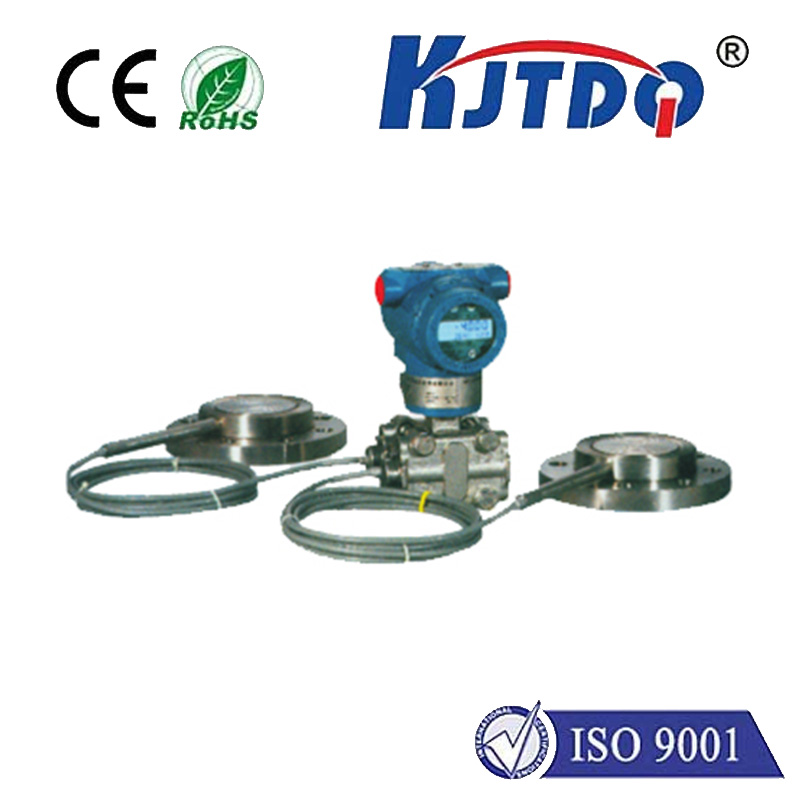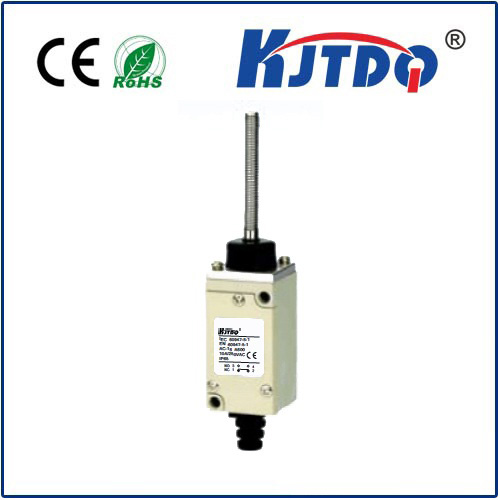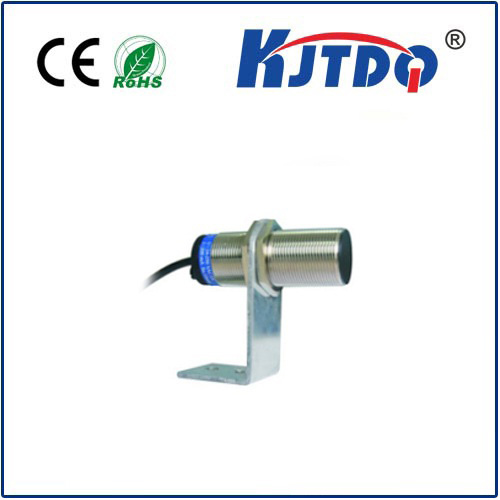Imagine effortlessly measuring the distance to an object, from centimeters to several meters, with remarkable accuracy and consistency – all with a compact, unassuming module. That’s precisely the capability delivered by the TOF10120 Laser Range Sensor. This sophisticated yet accessible device leverages cutting-edge Time-of-Flight (ToF) technology to become an indispensable tool for engineers, hobbyists, and innovators across countless fields. Its blend of high precision, ease of integration, and robust performance makes it a standout solution for applications demanding reliable non-contact distance measurement.
Unpacking the Magic: How the TOF10120 Works
At the heart of the TOF10120 lies its core principle: Time-of-Flight. Unlike ultrasonic sensors relying on sound waves, or traditional IR sensors using triangulation, ToF technology calculates distance by precisely measuring the time it takes for an emitted pulse of light (in this case, infrared laser light) to travel to a target object and bounce back to the sensor. Given that the speed of light is a constant (approximately 3x10^8 meters per second), the sensor’s sophisticated internal circuitry can derive the distance using the simple formula: Distance = (Speed of Light × Time of Flight) / 2. The division by two accounts for the round-trip journey of the light pulse. This fundamental approach allows the TOF10120 to deliver high accuracy and stability independent of the target object’s reflectivity or color in most practical scenarios, a significant advantage over older methods.
Key Advantages that Set the TOF10120 Apart

Several compelling features make the TOF10120 a preferred choice for distance sensing:
Where the TOF10120 Shines: Diverse Applications
The combination of size, precision, range, and ease of use opens doors to a myriad of applications:
Integration Considerations: Power and Communication
Modules utilizing the TOF10120 sensor typically operate at 3.3V or 5V DC. Crucially, always verify the voltage requirement of your specific module before connecting power. Many modules include necessary power regulation and level shifting components, simplifying connection to common development platforms. As mentioned, communication is predominantly via I²C or UART. I²C requires connecting SDA (data) and SCL (clock) lines, often along with configurable address pins. UART simply requires connecting the TX (transmit) and RX (receive) lines from the sensor module to the corresponding UART pins on your microcontroller. Libraries are widely available for popular platforms, making reading distance values incredibly straightforward – often as simple as calling a function like sensor.getDistance(). Always refer to the datasheet or documentation provided by your module manufacturer for precise pinouts, voltage levels, communication protocols, and command sets. Some modules feature a “dual-use” design where a single pin can be configured (via jumper or solder bridge) for either I²C or UART mode.
Laser Safety: A Vital Note
The TOF10120 operates using a Class 1 Laser product. This classification signifies that the laser is inherently safe under foreseeable conditions of operation, including the use of optical instruments for viewing the beam. It poses no known biological hazard during normal use. However, it’s important to understand that Class 1 status applies to the integrated device (the sealed sensor module), not to the raw laser diode inside if directly exposed. Never disassemble the sensor module to expose the laser diode, as this immediately compromises the safety classification. Always use the sensor as intended within its enclosed module.
The TOF10120 Laser Range Sensor exemplifies how advanced measurement technology has become accessible and practical. By harnessing the speed of light through Time-of-Flight principles, it delivers highly reliable distance data in a compact, easy-to-integrate package. Whether you’re navigating a robot, monitoring a tank level, enhancing an automated line, or building the next innovative gadget, the TOF10120 offers the precision, range, and simplicity to make accurate distance sensing a reality. Its blend of performance characteristics ensures it will remain a cornerstone component in the toolkit of designers and engineers tackling real-world spatial sensing challenges.
